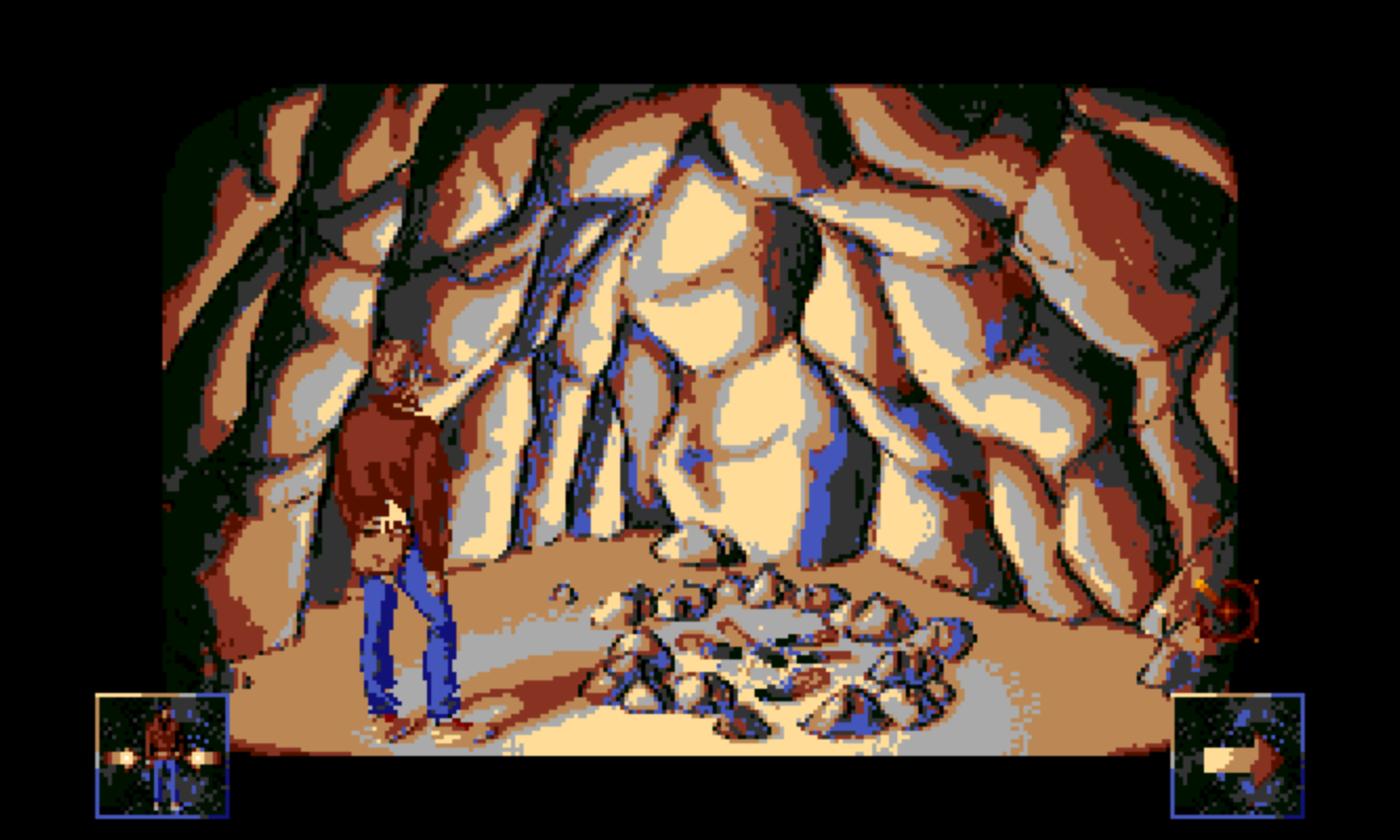As of late, I decided to revive my old passion for console emulators, and dust off a few old ROMs from my backups, including a few titles especially close to my heart, as they reminded me of when I first began taking an interest in technology and computers as a teenager.
Emulators are much different than virtual machines, as they are designed to simulate the same hardware performance as the original systems. this means that running a program on an emulator environment that replicates a Spectrum ZX, or an IBM PS1 80486SX, will treat you with the same lag, sluggish speeds and frustrating crashes typical of those old pioneering days.
And yet, here I was, embracing the lag, while blasting some Pantera’s Cowboys From Hell, Metallica’s Black Album, Sepultura’s Arise, and whatever else I had on repeat on my boom box back then, on my way down to memory lane.
The year was 1993, and I, as the quintessential gen-x nerd teenager, was left mostly unattended, figuring things out for myself through hacking and messing around with that primitive tech along side which I’d eventually grow and evolve, and find myself more in tune than I had ever felt with other humans.
It sounds like such a cliché… to point out that the current phone in my pocket is capable of millions of times faster and more complex calculation than my first ever home PC, but those were special days, when pixel art was the “bow and arrow” in a world of sticks and spears.
Back in 1993, dial-up Internet access wasn’t nearly as ubiquitous, affordable and in demand as it is today, which created the perfect conditions for a small home business to grow to nationwide recognition, thanks to a “periodical” business model for distributing videogames: newspaper kiosks.
I’ll give those born after the 1990s a minute to let that sink in…
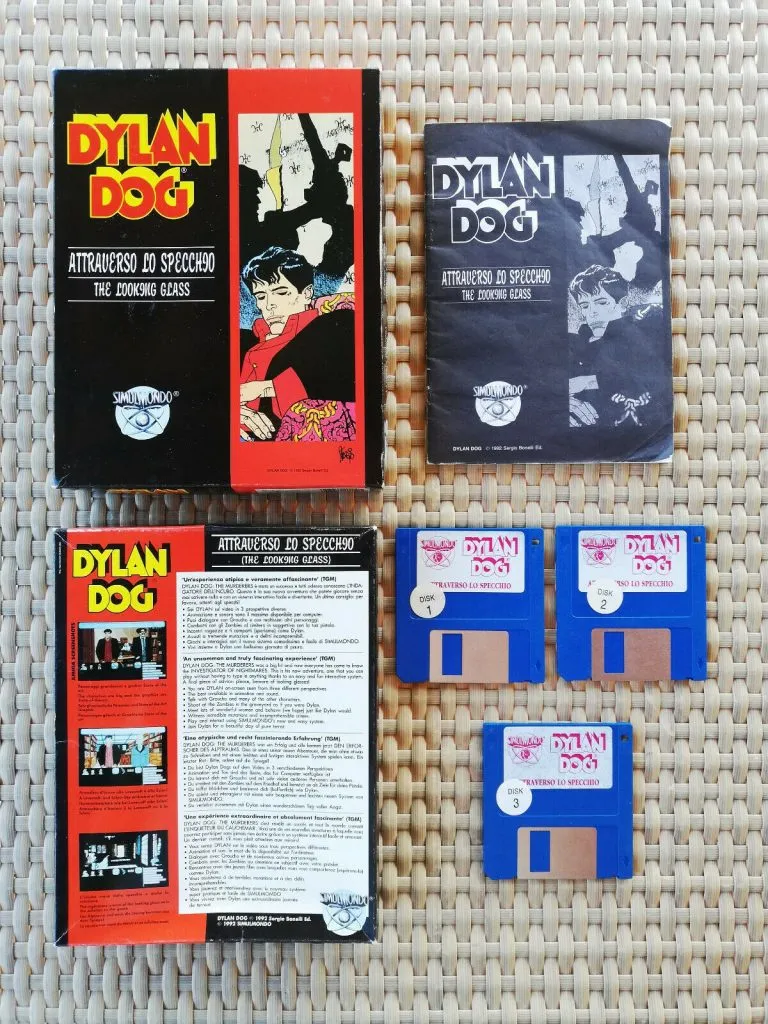
The man responsible for the meteoric rise and fall of one of the most successful blunders in tech, was Francesco Carla’, a software developer and game designer with a keen business sense and an eye for golden opportunities… until he wasn’t.
To his defense, while Italy was often celebrated for exporting high-level tech talent, Francesco lived in a time and place that didn’t allow for the same pioneering approach afforded by American entrepreneurs.
Italian audiences were famously stubborn and resistant to new technology and innovation, in favor of a more quaint approach… and who could blame them? On one hand, yes… the slow adoption of innovative ideas can be problematic in a competitive market. On the other hand… well… It was Italy in the 90s. What are you gonna do about it?
This is where Francesco’s brilliant idea of selling periodical glossy magazines that included 3.5 inch floppy disks, loaded with a wide range of PC games, designed for the two dominant platforms on the 1990s: DOS/Windows 3.1 and Amiga/DOS*.
For those who may not be familiar with the latter, Amiga was a direct competitor of Microsoft, as well as IBM in the consumer PC space, and was the maker of the massively popular Commodore line of personal computers targeted towards gamers.
So there I was, just a punk kid with long hair, playing pretend bassist in a metal band with a couple of friends during the day, until the evening when I’d stare at a 1024×768 CRT VESA beige tube monitor until two in the morning, experimenting, and figuring things out as I went, with limited, and painfully slow Internet access, and a hunger to learn.

Back in those days, my weekends were either spent hacking and learning, or hanging out with a few like-minded friends, with whom I shared an obsession for computers, obscure new software sourced through any number of BBS, and 1970s prog-rock bands like Van Der Graaf Generator and Focus.
I looked forward to those weekends as I knew I could get my hands on some awesome apps and utilities, as well as cool games and other curiosities. Ironically, those little events were not how I got hooked on pixel art, thought.
One morning, while playing hooky in a nearby coastal town along the Ligurian riviera, I figured I’d check a corner store and perhaps score some interesting PC Mag issues or comics. That’s when an interesting item popped from a shelf and caught my eye. I think that was the first time I saw a cellophaned magazine that came with floppy disks attached, right on the cover.
I had no idea what that was about until i got a closer look, but way before then, I had to have it, and I had to find out what was on those disks*.
*Kind reminder: it’s 1993. No Internet yet.
I take it home, and the two floppies attached turn out to be a PC-DOS and Amiga-DOS versions of the original “Time Runners”, by Francesco Carla’s software development company Simulmondo.
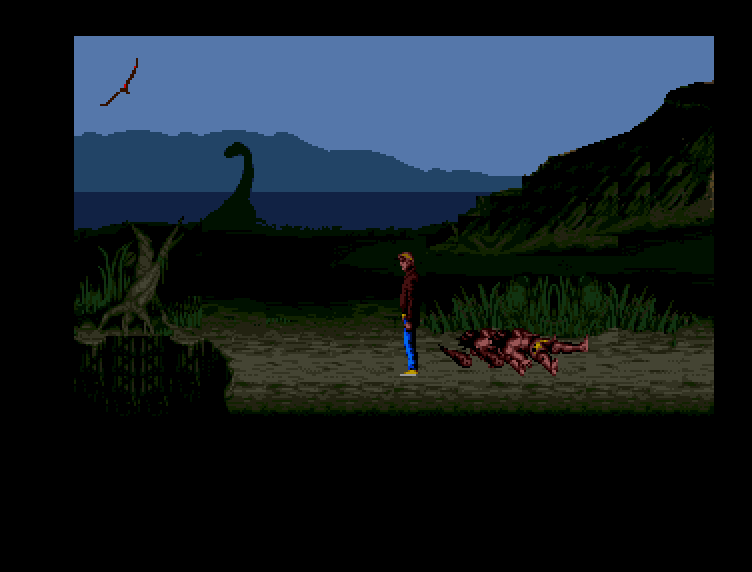
As previously mentioned, the company was on a hot streak, producing huge nationwide titles that were being distributed via paper mag attachment in physical stores across the country. According to the CEO, the company was actually going global, which seemed plausible considering that every title was translated (poorly) in at least half a dozen languages, although it was never clear whether or not that actually happened.
Considering the state of the Internet at the time, hindered by expensive old telephone wire infrastructure, and still a few years away from the ISDN and ADSL revolution that would eventually bring high-speed and cheap cable Internet to the masses, I was just overjoyed to get my hands on some awesome code and digital art for the price of a sandwich… in the 90s.
What blew me away, and what continues to do so today, was how much work was put into squeezing amazing detail out of 16-bit images as small as few Kilobytes, to fit an entire game into the 1.44Mb of space allowed by a standard PC floppy disk.
Everything about those little gems had to be extremely efficient and optimized down to the last Bit. Every sprite was sized specifically for its purpose, and every line of code had to run smoothly with no room for error, pending the entire game breaking apart.
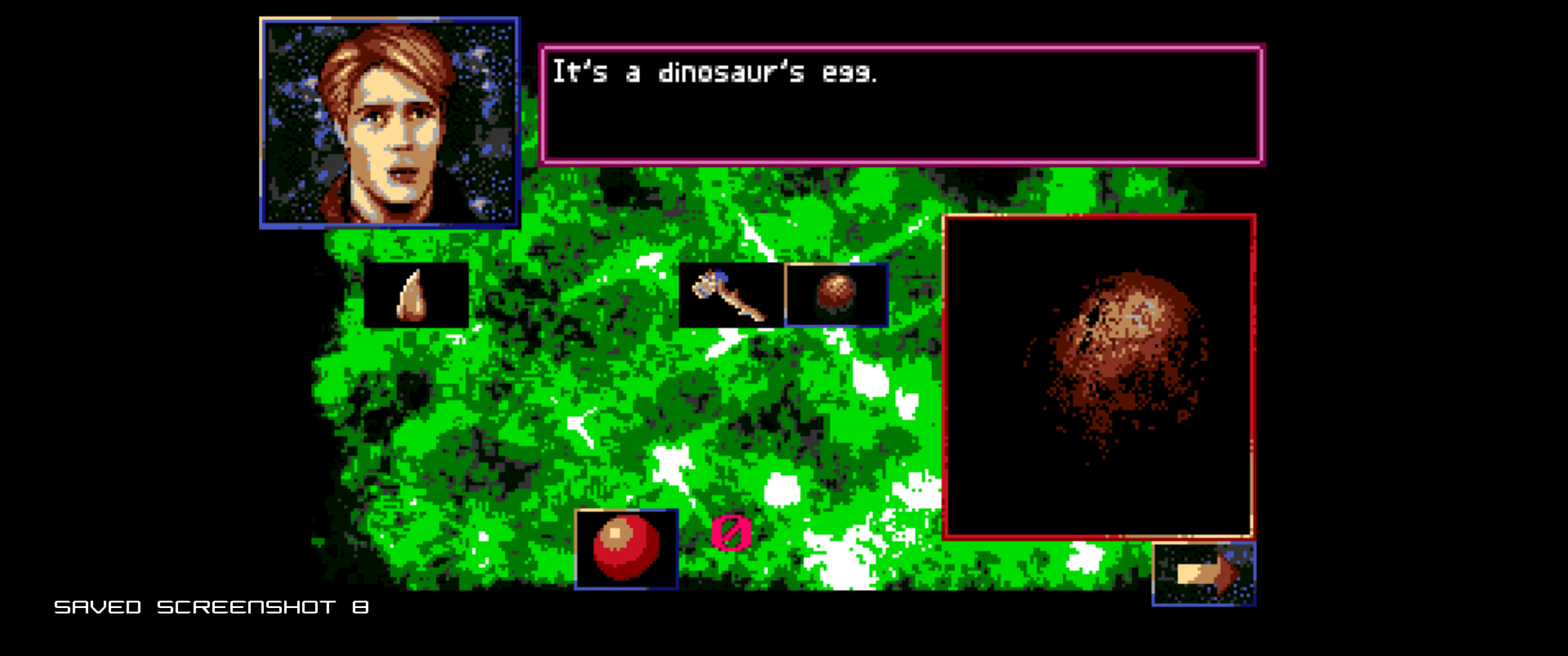
The Time Runner series had shipped as many as thirty new titles, between 1993 and 1994. Yes… Thirty gaming titles, in ONE year*.
*Again… it was the 90s.
A big chunk of Simulmondo’s success was driven by Italy’s love for comics, and a fruitful partnership between Simulmondo and Italian comic powerhouse Bonelli, which by the mid-90s had been responsible for the production of comic books since 1940, making Bonelli one of the oldest and most successful non-US based comic book enterprises in the world. With that said, Marvel Comics did also allow for a licensing deal to produce one Simulmondo title featuring Spiderman.
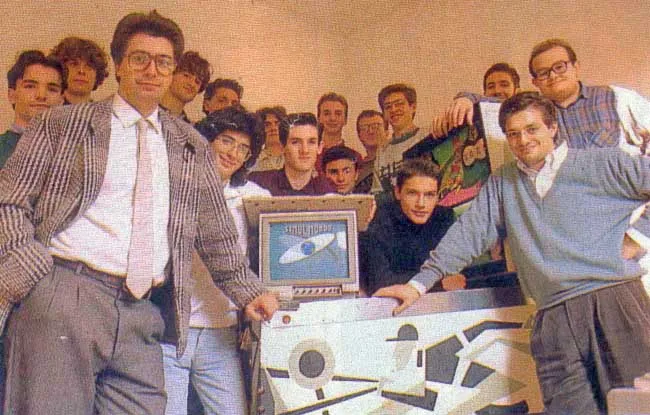
Unfortunately, as the world spun, Simulmondo failed to scale in three key aspects:
- technological evolution,
- distribution channels
- and human resource management.
ID Software’s Doom, was Simulmondo’s undoing, as the company struggled to remain relevant in the pixel art 2D side-scroller space. By 1993, gamers had already gravitated towards 3D games and technologies already planning to take advantage of the upcoming transition from 16-bit processor chips to 32-bit CPU powered operating systems like Windows 95. Incidentally, that was also the beginning of the end of Amiga, Commodore and Spectrum hardware.
Internally, Carla’s stubbornness to maintain the company’s “periodical” distribution method required developers and artists to work a lot harder and for less money, in order the keep up with the output and distribution costs. Simulmondo was essentially selling software, while operating as a paper magazine publisher.
Subsequently, this exacerbated and brought to light Carla’s shortcomings in managing his employees, to a point that all of his workforce resigned in droves, and in extremely bitter terms, with some still holding grudges after thirty years.
Still, the one thing I’m taking away from this brief history lesson is Francesco’s initial drive and determination. He certainly had a vision, and a method to execute that vision. Producing videogames today is no walk in the park, but it’s just money. We have the tech, and we have the method, the vision and the expertise.
Back in the 90s the tech was barely there, and expertise was hard to come by. There was stigma and preconceived notions against new and innovative technologies, especially growing up in a country where tradition and legacy has always held such an incredible and sometimes overwhelming significance and influence, more so in the digital space, and with regard to entertainment.
Honestly, there is more “me” in my head as I keep writing and ad-libbing thoughts, than what transpires in these words you’re reading now. It’s fascinating, and kind of the point of a personal public blog. It’s really not for “you” specifically. It’s not a marketing tool. I’m not promoting anything, except for who I am as a person.
I relate to Carla’ in at least a few aspects of his story: Sometime ago I realized I stuck to my guns unnecessarily in the past, and made decisions that could have been avoided, which put me on a less successful path. Misconceptions, perception versus reality, is pixel art in a world that spans billions of colors and extends along three axis. One day or the next we all come to that realization, with some lucky enough to come to it sooner, and others left wondering if there is still time to get back on track, and steer away from failure.




